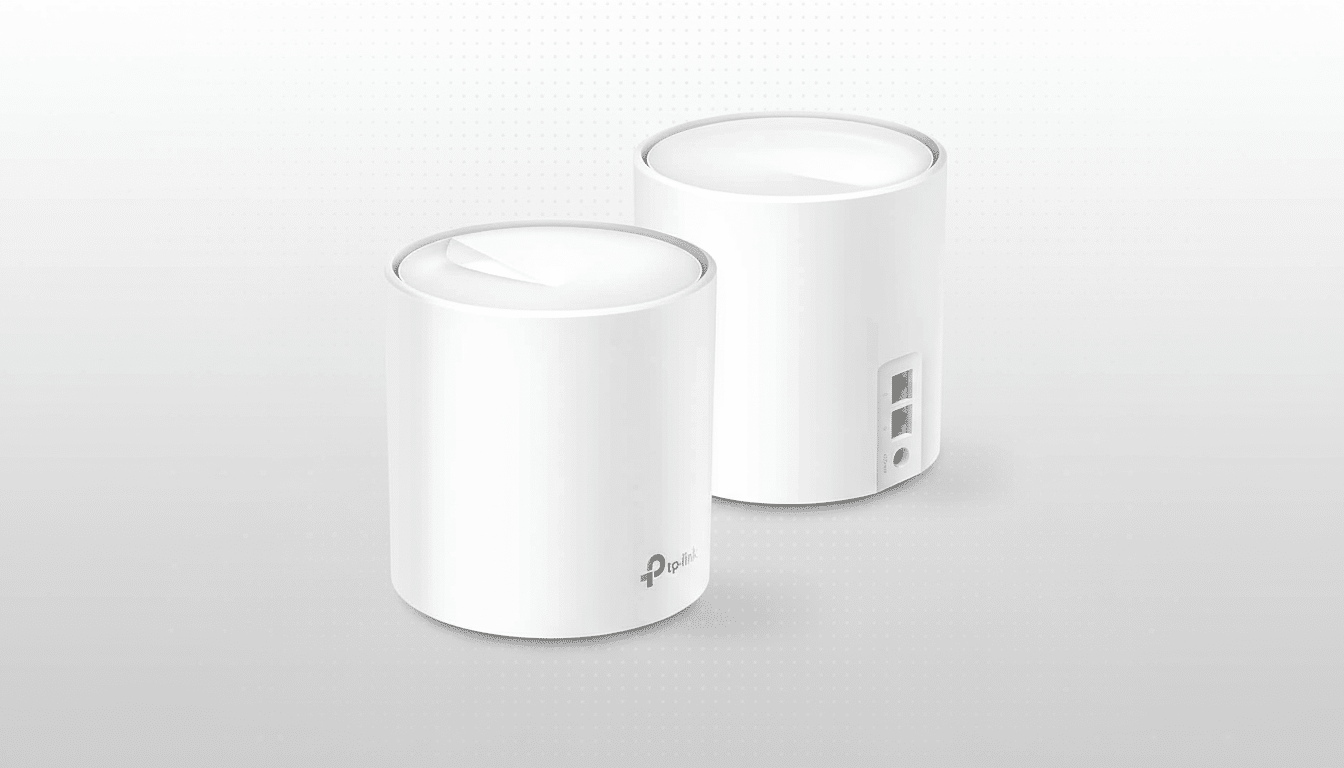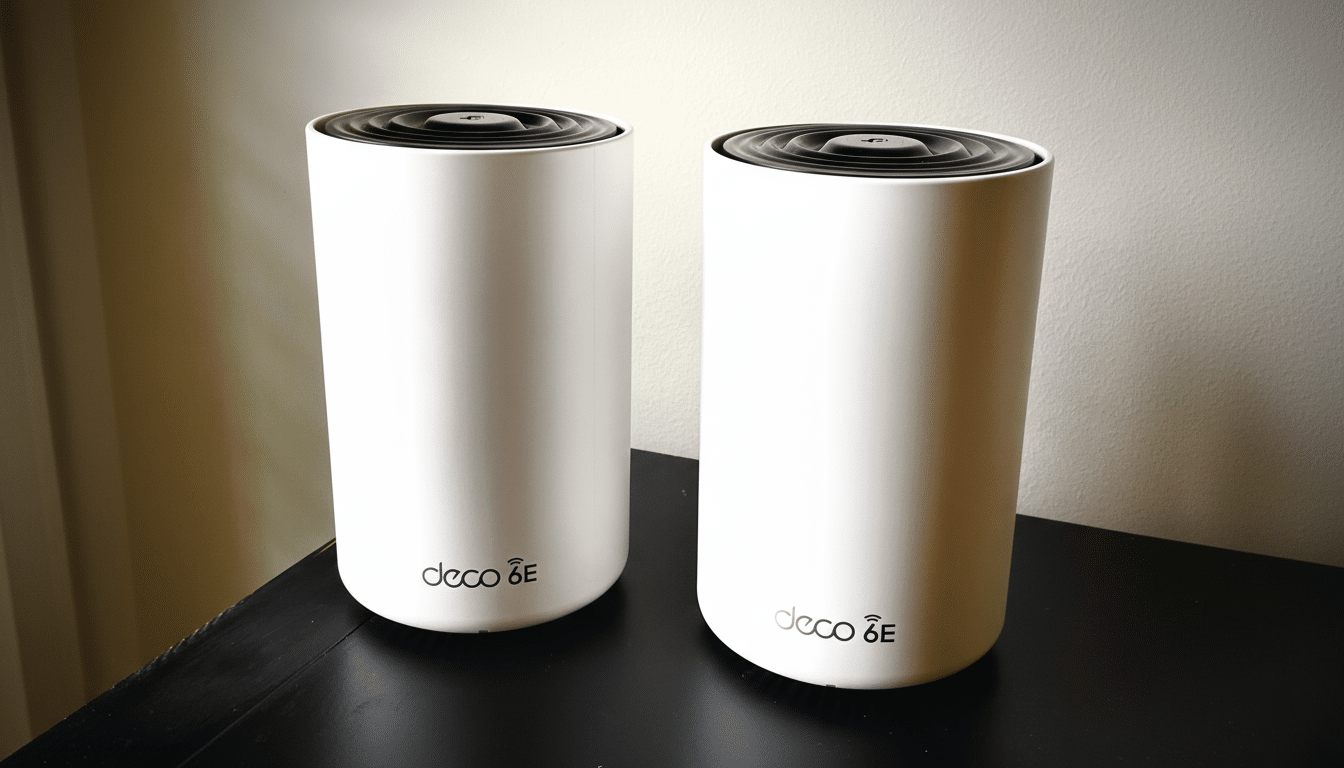Prime Day is delivering steep discounts on Wi-Fi mesh systems, and for most homes it’s the fastest — and smartest — way to eliminate dead zones and boost speeds without upgrading your internet plan. From value-oriented Wi-Fi 6 kits to bleeding-edge Wi-Fi 7 tri-band rigs with multi-gig ports, prices dip deep enough to make bringing whole-home coverage into your life more of a worthy investment than a guilty pleasure.
Prime Day Is Perfect for Home Wi-Fi Mesh Upgrades
Mesh systems excel in real-world homes full of walls, floors, and distance that can kill a signal. Prime Day pricing narrows the regular step-up costs between Wi-Fi 6, Wi-Fi 6E, and maybe even some eventual spot on a Wi-Fi 7 tier, meaning you can choose based on the right class of gear rather than compromise. Throughout recent Prime events, mesh discounts have typically clocked in within the 20% to 40% range on big-brand hardware, with triple-digit reductions occasionally lopping off the normal street price for a three-node kit.

And the timing also aligns with contemporary device load. According to Deloitte, the average U.S. household now juggles nearly two dozen network-connected devices that stream video, control utilities, and secure their homes. That means most clients can use a lot more mesh capacity and solid backhaul links than the speed headlined on every single router — speeds you rarely see in practice.
What the Best Prime Day Mesh Haggles Look Like Now
- Entry-level value: Dual-band Wi-Fi 6 kits, including the TP-Link Deco X series and Tenda Nova lineups, typically land in the 25% to 35% range. These are among the simplest ways to cover an estimated 3,500 to 5,500 square feet with solid throughput for streaming and remote work, as well as basic Ethernet ports for a console or TV in every room.
- Midrange sweet spot: Systems including Wi-Fi 6E from Google’s Nest Wifi Pro, Asus’ ZenWiFi ET8, and Eero’s 6+ often sit at discounts in the range of 30% to 40%. The 6GHz band provides cleaner, less crowded airwaves for newer phones and laptops, offering a fast lane for those devices — and room for other traffic in living rooms full of activity.
- Early-adopter clout: Wi-Fi 7 meshes, such as Netgear’s Orbi 700-series and TP-Link’s Deco BE models, have been sliding from about 20%-ish to mid-30s-ish depending on the pack size. Wi-Fi 7 adds support for 320MHz channels and Multi-Link Operation to send data over multiple bands at once, ideal for gigabit or multi-gig fiber today — or tomorrow.
How to Pick a Mesh System on Sale This Prime Day
- Match radios to your reality. If your devices are mostly Wi-Fi 5/6 and you have a sub-500Mbps plan, then a discounted Wi-Fi 6 mesh tends to be the best bang for the buck. The 6GHz band avoids neighborhood congestion and will keep latency low if you have Wi-Fi 6E phones or laptops. Gig-heavy households and those with multi-gig service will want Wi-Fi 7 for capacity headroom across the system and faster local transfers.
- Prioritize backhaul. Tri-band systems can allocate a band just for node-to-node traffic, maintaining top speeds all the way to the far end of your home. Certain Wi-Fi 7 systems allow you to combine Ethernet and wireless backhaul, or bond links for even greater resilience. If your home is wired, choose a kit with 2.5GbE ports to get line-rate performance.
- Scrutinize software and security. Watch whether any advanced parental controls, ad blocking, or network security features require a subscription. Look at vendor track records for long-term updates; the Wi-Fi Alliance and leading chipset makers have stressed a commitment to continuing certification of 6GHz features, but firmware support can vary by brand.
- Think expansion and ports. Seek out simple node add-ons, at least two Ethernet jacks per node, and smart-home integrations if you use Matter, Thread, or Alexa routines. A growing-with-you mesh beats having to purchase a whole new kit later.
Real-World Wi-Fi Mesh Performance Gains at Home
The median fixed broadband speed in the U.S. is well over 200Mbps, according to Speedtest data, but inside the home it’s often Wi-Fi that’s bottlenecked by contention and range rather than the ISP pipe.
- Turn what would have been a one-off, 80-second download into an experience that five people can enjoy at once.
- Squash the latency spikes on your video calls.
- Preserve the smoothness of even random 4K streams on TVs that aren’t your primary.
- Smother smart camera uplinks so they don’t drown out older routers.
Wi-Fi 6E’s 6GHz band is a game-changer in noise-filled apartment buildings because it steers clear of most 2.4GHz and 5GHz hubbub. Wi-Fi 7 adds 320MHz channels and Multi-Link Operation, which the Wi-Fi Alliance says can use both the 5GHz and 6GHz bands at the same time for lower jitter — something you’ll notice in competitive gaming or cloud-desktop work. If you’re moving huge files to a NAS locally, a mesh with multi-gig Ethernet means your LAN can keep up with today’s fiber tiers.

Smart Shopping Strategies for Prime Day Mesh Deals
Have a plan in place before the sales hit: measure your home’s square footage, note perceived dead zones (places where connectivity drops off), and decide whether you need two or three Wi-Fi nodes to cover the area. In small homes and apartments, begin with a two-pack; if you need to expand your network, a third node will usually fit in without fuss. Don’t just chase the biggest theoretical number; compare claimed coverage, Ethernet counts, and backhaul options.
Be on the lookout for bundle oddities — some kits include fewer Ethernet ports on satellites or shortchange features behind subscriptions. Don’t throw away any packaging, and check the return window so you can try placement and watch real workloads for a week. Many retailers will honor a price adjustment if a better sale on that same model occurs during the event.
Bottom Line on Prime Day Wi-Fi Mesh Upgrade Deals
Prime Day mesh deals bring instant, noticeable gains in coverage and reliability, often for less than what you’d need to upgrade your internet plan. Shoot for Wi-Fi 6 to get the most bang for your buck, jump up to Wi-Fi 6E if you want cleaner airwaves, and opt for Wi-Fi 7 if you want a future-proofed multi-gigabit home. This is one of those rare times when faster, steadier Wi-Fi happens to be one of the best deals in tech, with 20% to 40% price cuts across respected brands.

